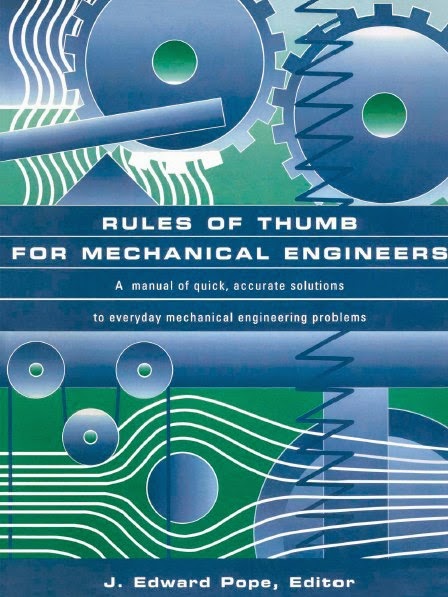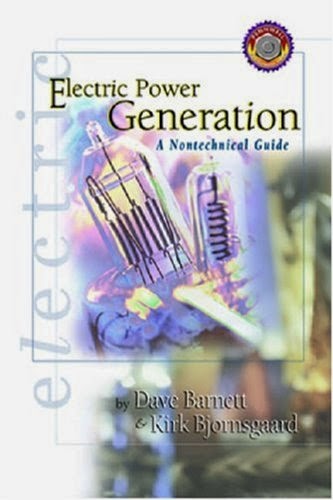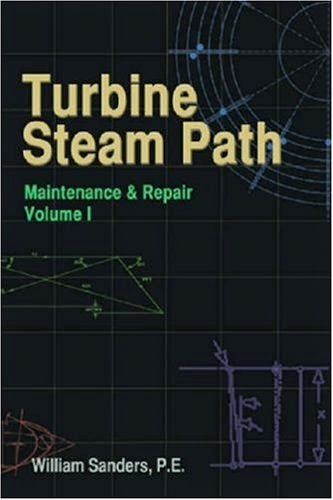Bernard F. Kolanowski, "Small-Scale Cogeneration Handbook, Fourth Edition"
2011 | ISBN-10: 143987624X | 245 pages | PDF | 9 MB
2011 | ISBN-10: 143987624X | 245 pages | PDF | 9 MB
Cogeneration can now turn up to 90% of the fuel burned into usable energy — compared to just 52% of the fuel typically burned in the local power plant and in a separate existing hot water heating system. The fully updated fourth edition of this comprehensive, bestselling reference provides a wealth of information to assist you in evaluating the feasibility and potential benefits of cogeneration for your facility. Covered in detail are recent regulatory developments and their impact, system selection and sizing, permitting requirements, operation and maintenance, financing, technology basics, micro turbines, absorption chillers, distributed generation, and case histories.














